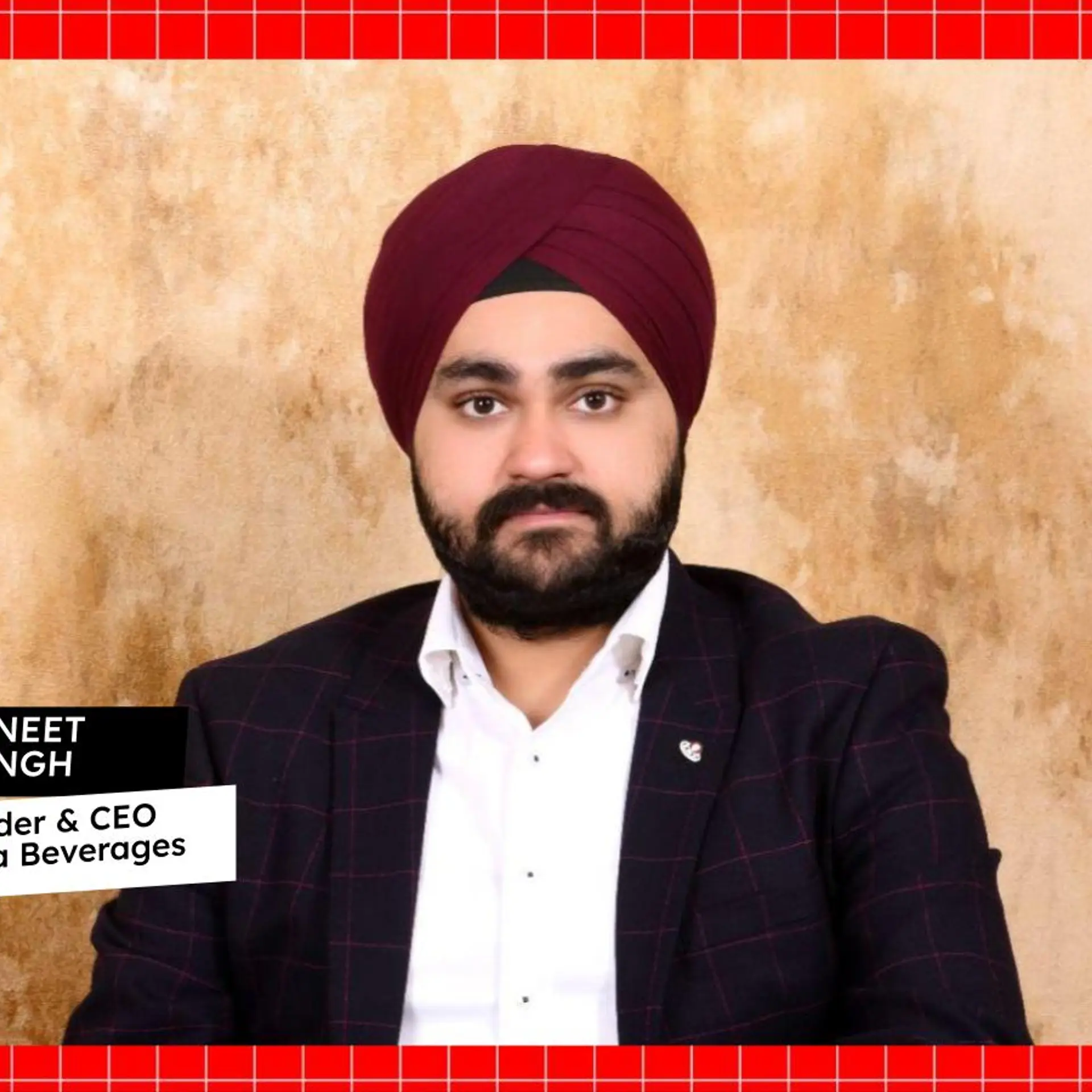Why is the Indian newsletter landscape ripe for growth
India is best positioned not only to take inspiration from the US newsletter market but also to potentially create its own unique and powerful voice in the segment.
The resurgence of the newsletter industry is a global phenomenon accelerated by the new normal of digital screens becoming our windows to the world.
Earlier this year, Facebook announced its plans to offer newsletter tools to independent journalists and writers on the back of an explosion in its popularity.
Twitter, too, forayed into this space with the acquisition of newsletter rival Revue for an undisclosed amount.
As of September 2020, Substack — one of the leading global newsletter services — boasted over 250,000 paying subscribers across its service.
The younger demography now seeks smart content, which is quick to read and easy to digest. And all eyes are now on India, the country with the largest number of working millennials.
I believe India is ripe for the next creative revolution in media. It is best positioned not only to take inspiration from the US newsletter market but also to potentially create its own unique and powerful voice in this segment.
But to understand why Indian readers are starting to enjoy the benefits of newsletters, we should first try to understand the content more deeply and understand why they have made a strong comeback.
Is this a temporary fad as a result of the COVID-19 pandemic or a revolution that is likely to persist?
The shift in appetite towards short-form content
Interestingly, newsletters are some of the oldest forms of communication known to us.
Considered a predecessor to the newspaper, it can be traced back to ancient Rome, where politicians would distribute news about the Senate and other local information and city gossip in the form of concise handouts (newsletters) among Rome’s educated populace.
At present, we see that on Twitter and the five-minute podcasts, where the desire to consume short-form content packed with a ‘punch’ has become evident.
This has further accelerated by the evolving reading habits of Gen Z and Millennials, whose attention spans have waned as a result of numerous digital distractions.
Today’s youth is curious and closely connected to the entire world. At the same time, they are constantly on the go and seek interesting bite-sized stories that fit their needs. The modest newsletter helps fill this gap for short, personal, and contextualised content.
Convenience and made just for you
The omnipresence of smartphones in India, coupled with increased data and bandwidth, means it is now more convenient to read and open a newsletter than ever before.
Creators prefer email newsletters as a means to reach their audience as they are a direct connection to the reader (think: push versus pull strategy).
With such a format, the need to fight for the reader’s attention also decreases immensely.
Finally, newsletter editors create content with a more conversational or personal style, which is often not as easy to achieve in other forms of media.
Undoubtedly, a good newsletter creates a continued habit with its audience, which is why ‘open rate’ is a metric very much linked to a newsletter’s success, alongside the number of subscribers.
The future of newsletters
Unbeknownst to many, India ranks number 1 in the world for the number of hours a week spent reading online. Combine this with the sheer number of Millennials (400 million+ digital natives) using mobile devices, and you begin to form a picture of the market dynamics at play.
Today, newsletters have an audience hungry for smart and consumable content. From current affairs to special interests, such as food or travel, Indian consumers are finding their newsletter of choice.
Is the format here to stay?
They have lasted since 449 BC. So, I am certain they are not going anywhere just yet.
The COVID-19 pandemic has helped by creating a more digitally demanding reader — a theme unlikely to change. To tap into this, newsletter creators will need to invest in technology, which allows a better understanding of their subscribers’ habits and preferences, no different to any other digital platform.
I see newsletters becoming more niche, more personalised — what I want and when I want it with sub-specialities. The future for newsletters in India is limitless, and their popularity is only going to further skyrocket.
Edited by Suman Singh
(Disclaimer: The views and opinions expressed in this article are those of the author and do not necessarily reflect the views of YourStory.)








